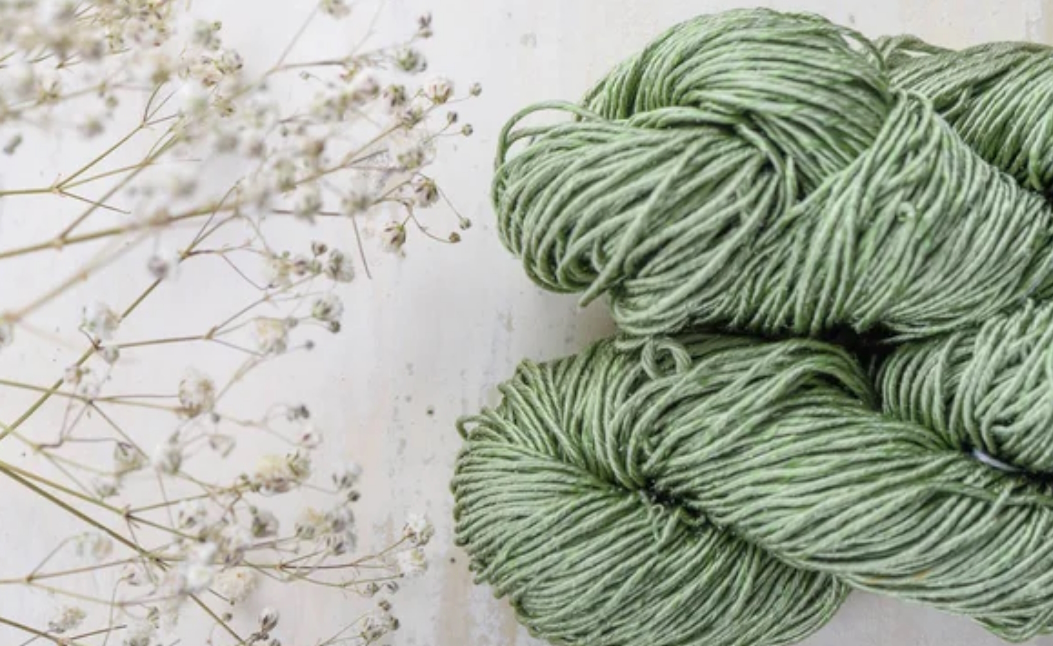Exploring the Elegance of Silk: A Closer Look at This Luxurious Fabric
- Written by NewsServices.com

Silk is a luxurious fabric that has been prized for centuries due to its elegant drape, soft feel and durability. Produced from the cocoons of silkworms, this delicate material can be woven into clothing, upholstery and other textiles. Silk's unique properties make it ideal for many applications; it is lightweight yet strong, breathable and resistant to wrinkles. Its smooth surface reflects light gorgeous creating an exquisite shine.
Since ancient times, silk has been considered one of the most expensive textiles available. Clothing, bedding, and even things for house decoration have all been made from it. There is a lot more to this cloth than meets the eye, despite its reputation for elegance and beauty. The development of silk, its numerous applications, and its effects on the environment. And look at how to utilize this cloth to make stunning items that will last a lifetime. You will have a clearer idea of why silk Australia is such excellent material after reading this article.
History of Silk
The history of silk dates back thousands of years to ancient China. It was first developed by Chinese empress Leizu during the Shang Dynasty (1766-1122 BC). She discovered that when she boiled mulberry leaves and extracted their fibres, she could weave them into fine cloth. This discovery revolutionized fashion and textile production in China and eventually spread throughout Asia and Europe. Today, silk is still produced using similar methods as those used by Leizu centuries ago.
Production Process of Silk
Silk production begins with the cultivation of mulberry trees which are then harvested for their leaves. The leaves are boiled in hot water to extract their fibres which are then spun into thread or yarns on spinning wheels or looms. The threads are then woven together to form fabric which can be dyed in different colours depending on what type of product it is intended for. The fabric is cut and sewn into garments or other products such as curtains or bedding sets.
Various Uses of Silk
Silk is primarily used for clothing but it can also be used for other purposes such as upholstery or drapery fabrics as well as wall coverings and carpets. Its unique properties make it ideal for these applications because it is lightweight yet strong enough to withstand wear and tear over time without losing its shape or colour intensity. And also, silk has natural temperature-regulating properties which makes it perfect for keeping warm during cold winter months or cool during hot summer days.
The Environmental Impact of Silk Production
Silk production does have an environmental impact due to its reliance on natural resources such as water and energy during the manufacturing process as well as chemicals used in dyeing processes which can pollute local ecosystems if not properly managed. However, steps are being taken by manufacturers to reduce their environmental footprint through initiatives like sustainable farming practices and eco-friendly dyeing techniques which minimize waste and conserve resources while still producing high-quality fabrics that meet consumer demands.













